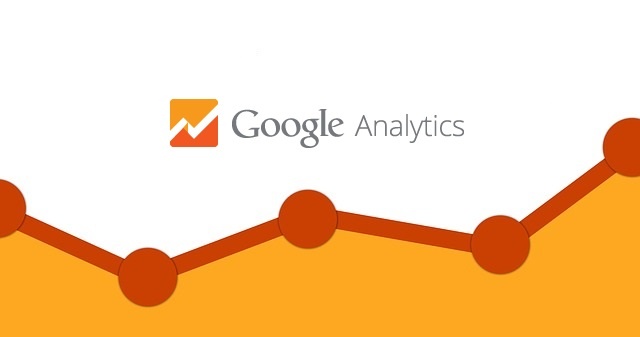How Google Analytics Works

To many small business users, Google Analytics can seem like a complicated jumble. The good news is that Google Analytics isn’t as difficult to figure out as you may think. In this article, we explain this tool according to its four main components and explain how they function to give you a better understanding. We will also explain some metrics and types of reporting that Google Analytics offers.
Data collection
The reports generated by Google Analytics are based on the data it collects from a website. The way in which it does this is via a JavaScript code. This code needs to be placed on every page on the site that you wish Google to gather data about. As soon as a visitor reaches one of these coded pages, the embedded JavaScript begins its data collection. It will obtain the name of the page that person visited, as well as which browser they were using and which website they were at before visiting the coded page.
Categories & Processing
A ‘hit’ on a web page is recorded the second a user interacts in any way with a coded website page. Once this occurs, data is sent to Google, where it processes the data even further in terms of more detailed metrics.
The data is sorted into two main categories; users and sessions. There are a number of rules that distinguish users from sessions, and these rules can be modified by going into Google account settings. Generally speaking, however, users are assigned a unique ID number. This will help Google to identify new users from returning users.
Sessions are defined as the number of hits, engagements or interactions from a specific user during a defined period of time. Google’s default session limit is 30 minutes. However, should you wish to change this, you can simply log into your Google Analytics account and adjust accordingly. Data is also analysed further to find out which country the visitor was in when they visited the page, whether they were using a mobile or static device to access the site, and similar information.
In addition to the data it obtains form visitors, Google Analytics can also sort and display data that you’ve imported. For example, you can import your AdWords data. Data from other non-Google sources can be incorporated as well.
Any configurations a user sets in their Google account determines how data is processed. If you are expecting certain information to be included in your Analytics Report, you must ensure you’ve set the configurations properly so that information is included.
Dimensions & Metrics
In Google Analytics, dimensions refer to the rows in the interface. These allow you to filter and sort collected data so that it can be used for site improvement. Examples of dimensions include Language and Browser Preference.
Metrics refer to the numbers contained in the dimensions, or rows. For example, if you’re looking at the Country dimension, you might see that 10 of your site visitors came from the Republic of Ireland in a given period of time, as well as the bounce rate for each country.
Bounce Rate
Bounce rate is an important metric, as it reveals only those users that visited one page of a site during their session. If this number is high, it can mean that they were unable to find what they were looking for. Where this is the case, you would likely have to conduct some research to determine why a visitor only went to a single page. Learn how you can reduce bounce rate with this article - How To Reduce Your Bounce Rate In Google Analytics.
Average Time on Page
This metric provides an average length of time a visitor remained on a page. A larger number denotes higher interest, and smaller numbers indicate page abandonment. Find out why you should regularly check your Google Analytics - 3 Reasons Why You Need To Regularly Check Your Websites Google Analytics Statistics.
Pageviews vs. Unique Pageviews
These are two very different metrics. A Pageview occurs every time a page is loaded, whether it’s the first time a visitor is going there, or whether they refresh or go back to that page from another. A Unique Pageview occurs when a unique visitor loads a page for the first time.
Reports
Depending on the way in which data was configured, a number of custom reports may be generated. This can be done via Google’s core reporting API, which allows for the creation of bespoke web pages and apps that display needed data in the way the user desires to view it.
Page Loading
This is a very important report, as it will reveal the length of time it takes your pages to load. For example, it may be revealed that a user will wait a maximum of eight seconds on any one of your pages before they leave. The average server response time should be under one second at best, and under two seconds at most.
Many other types of reports are available, including custom reports. There are literally hundreds of different customised reports that can be created. In fact, many of these reports can be downloaded for use. With some searching, it may be possible to find exactly the report that’s required. However, there are also ways to create your own reports if you so desire.
Even when clearly explained, Google Analytics can still feel like a new language. If this is the case with you, rest assured you’re not alone; this tool can take a lot of time to learn on your own. Our team at JDR can offer you valuable expertise and analytics support when you need detailed information about your website, but don’t have the time to install code, create custom reports and interpret all that raw data into practical knowledge.


